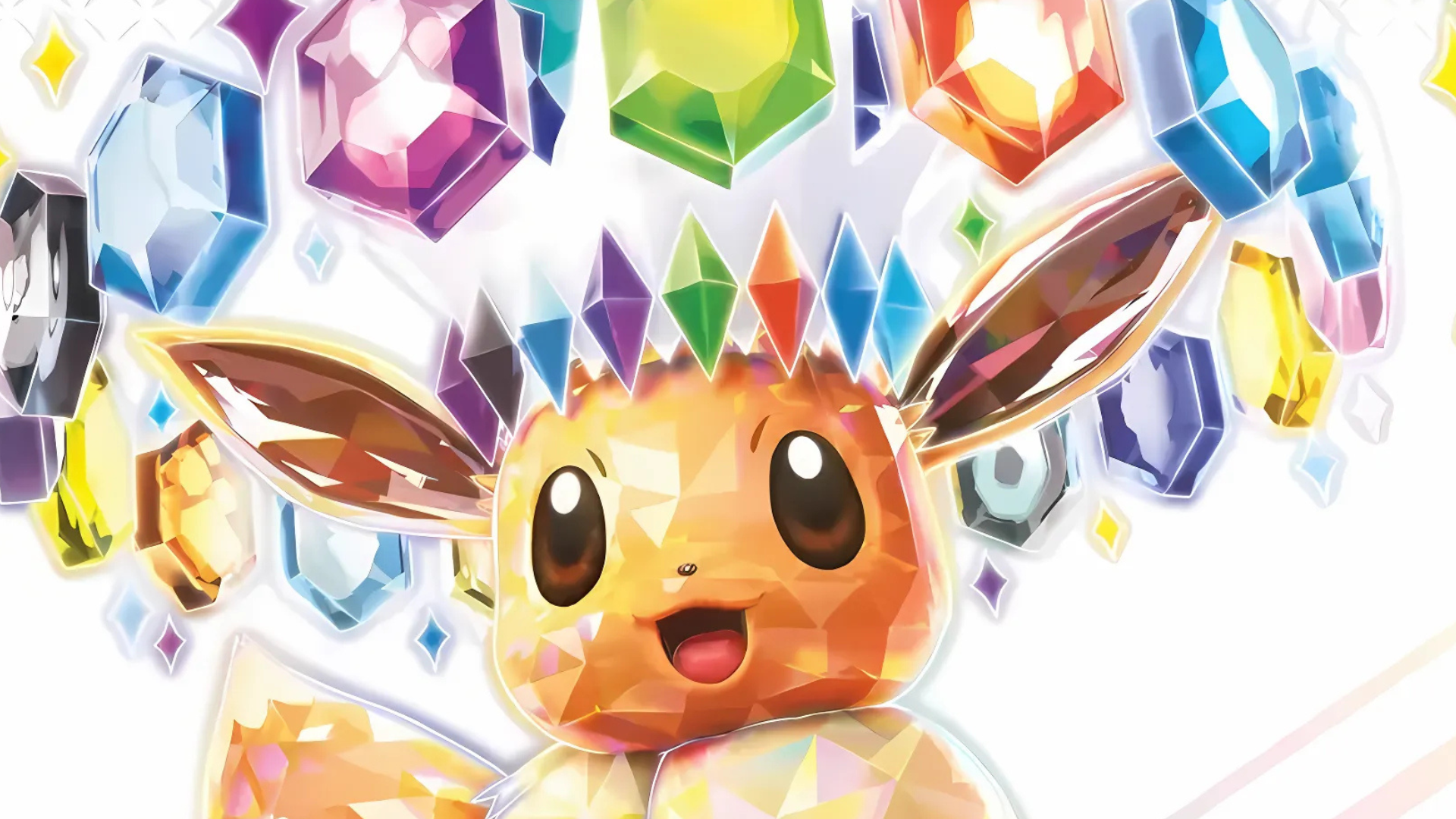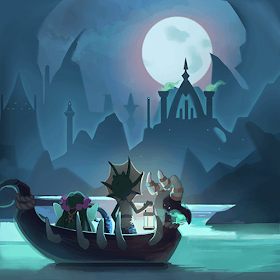This guide explores Minecraft's diverse floral landscape, detailing the unique properties and uses of various flowers. From crafting dyes to landscape decoration, these botanical beauties offer a wealth of possibilities.
Table of Contents
Poppy | Dandelion | Allium | Rose Bush | Wither Rose | Peony Bush | Lily of the Valley | Tulip | Azure Bluet | Blue Orchid | Cornflower | Torchflower | Lilac | Oxeye Daisy | Sunflower
Poppy
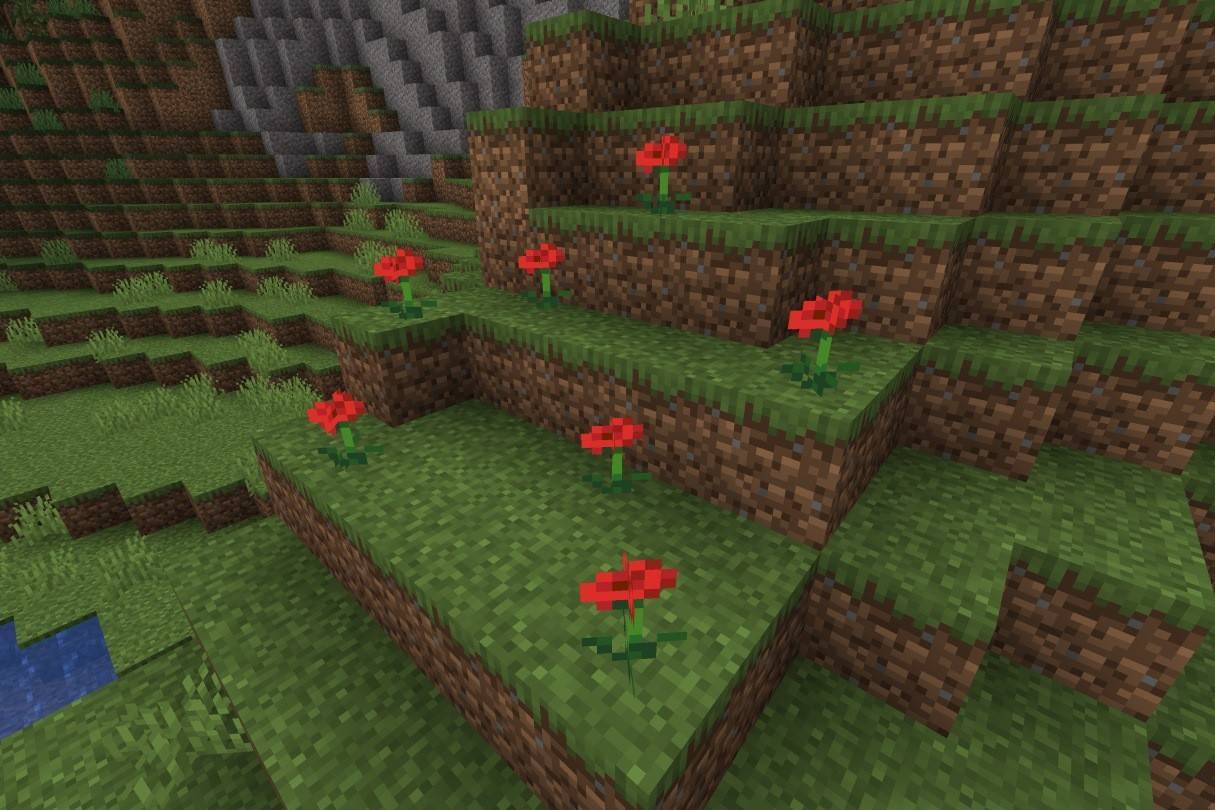 Image: ensigame.com
Image: ensigame.com
Poppies, iconic red flowers, now replace the original rose and cyan flowers. Found across various biomes, they're also occasionally dropped by Iron Golems. Their primary use is crafting red dye, crucial for coloring banners, beds, wool, sheep, and wolf collars.
Dandelion
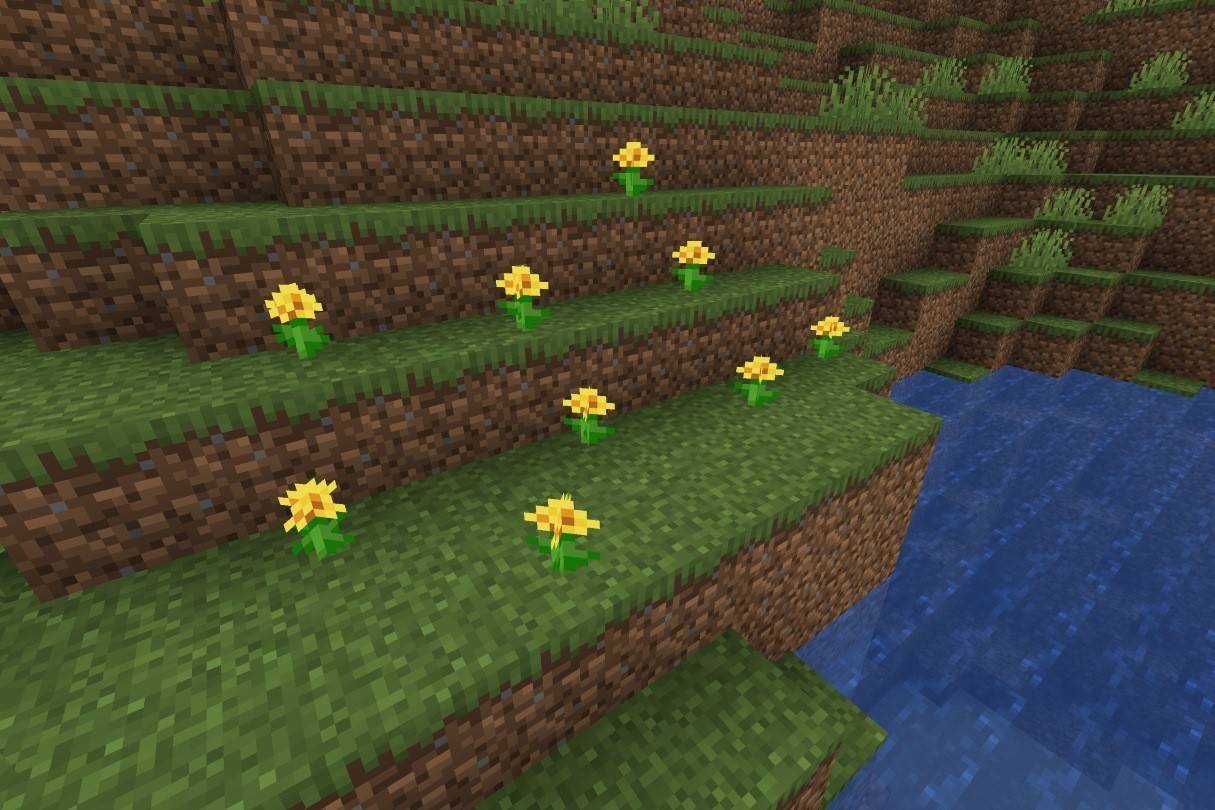 Image: ensigame.com
Image: ensigame.com
Bright yellow dandelions thrive in most biomes (excluding marshes and ice plains). A key source of yellow dye (sunflowers yield double the amount), they add a cheerful touch to banners, wool, and other decorations.
Allium
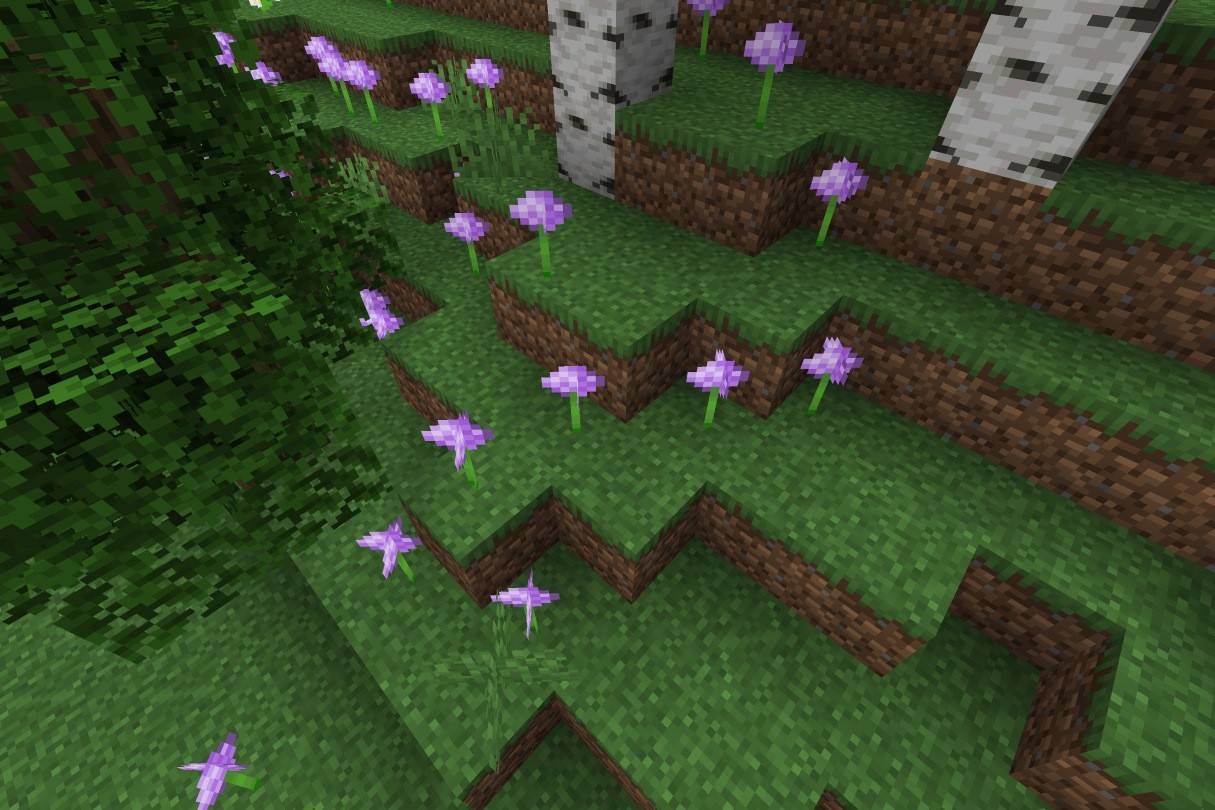 Image: ensigame.com
Image: ensigame.com
These striking purple alliums are native to flower forests. They produce magenta dye, essential for coloring mobs and crafting magenta stained glass, terracotta, and wool.
Rose Bush
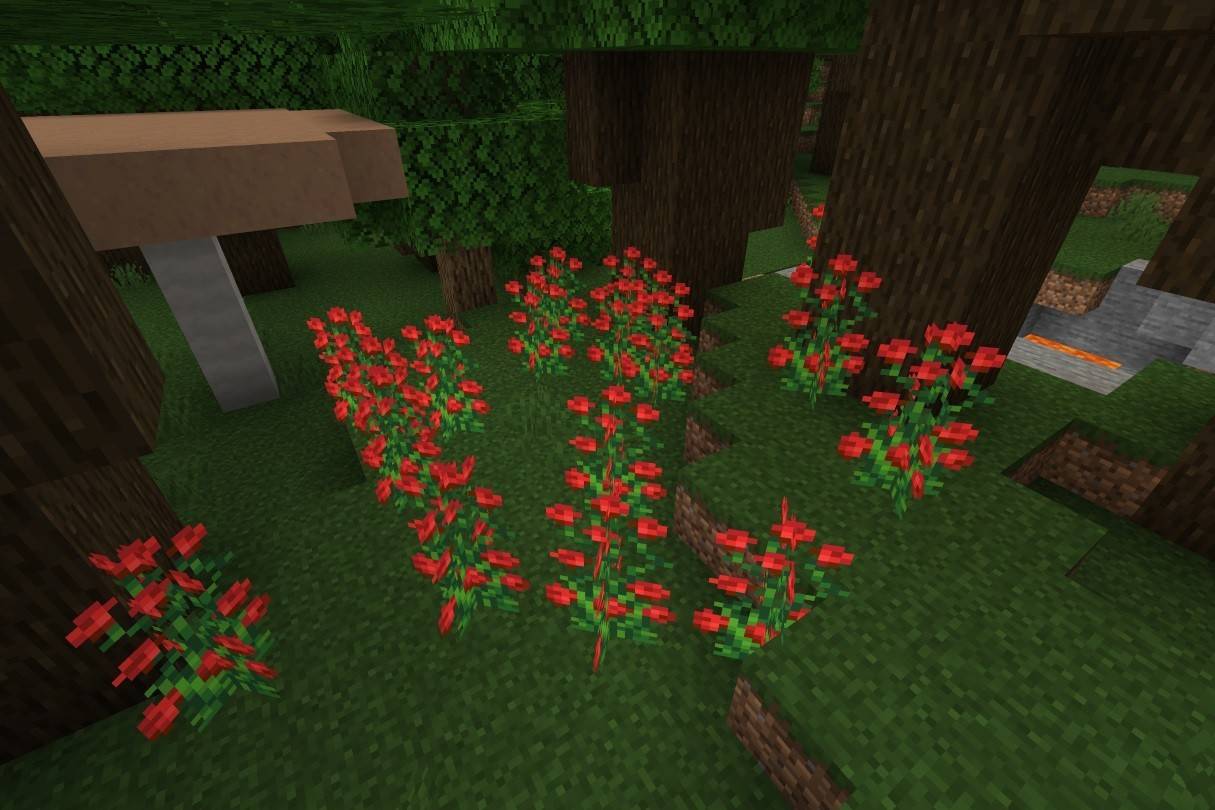 Image: ensigame.com
Image: ensigame.com
Tall, red rose bushes flourish in various wooded biomes. They yield red dye, useful for dyeing wool, banners, beds, and leather armor. Unlike the dangerous wither rose, rose bushes are purely decorative and functional.
Wither Rose
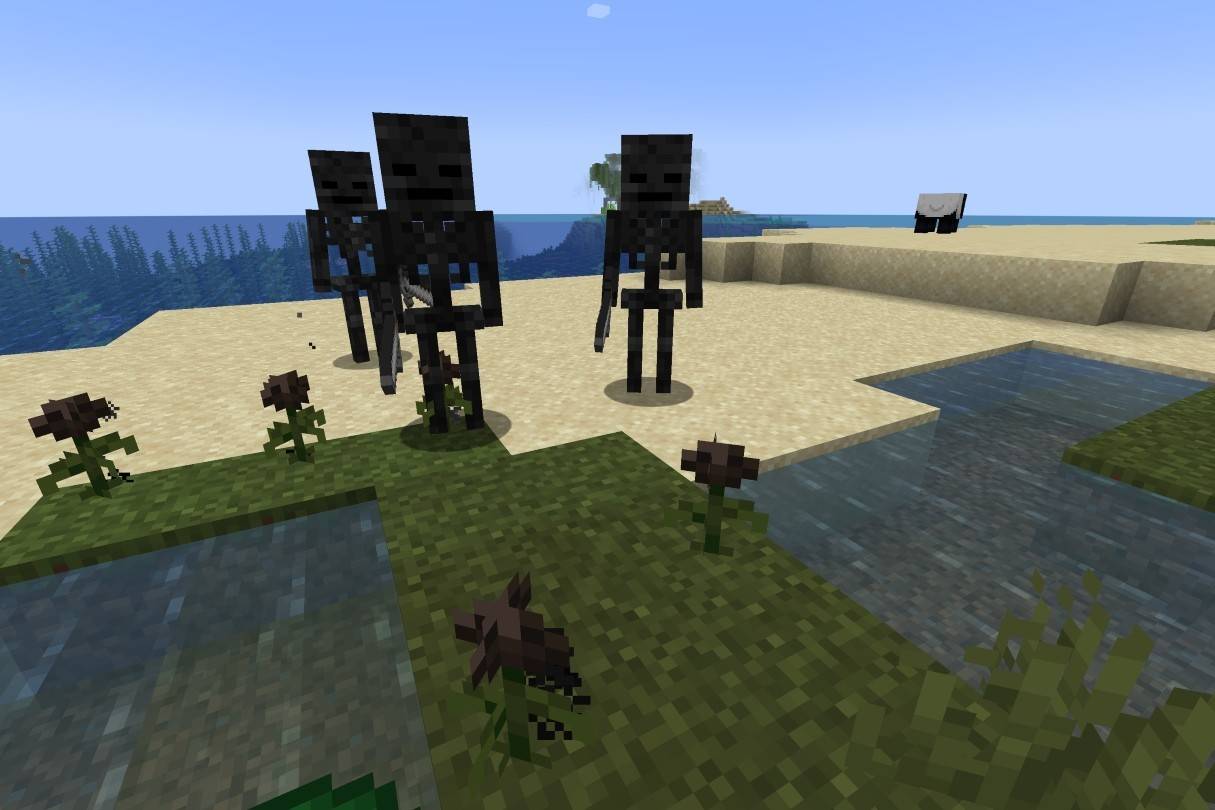 Image: ensigame.com
Image: ensigame.com
The ominous wither rose doesn't grow naturally; it spawns from Wither kills or rarely appears in the Nether. Touching it inflicts the Wither effect (curable with milk). It's used to create black dye and firework stars, a valuable but hazardous resource.
Peony Bush
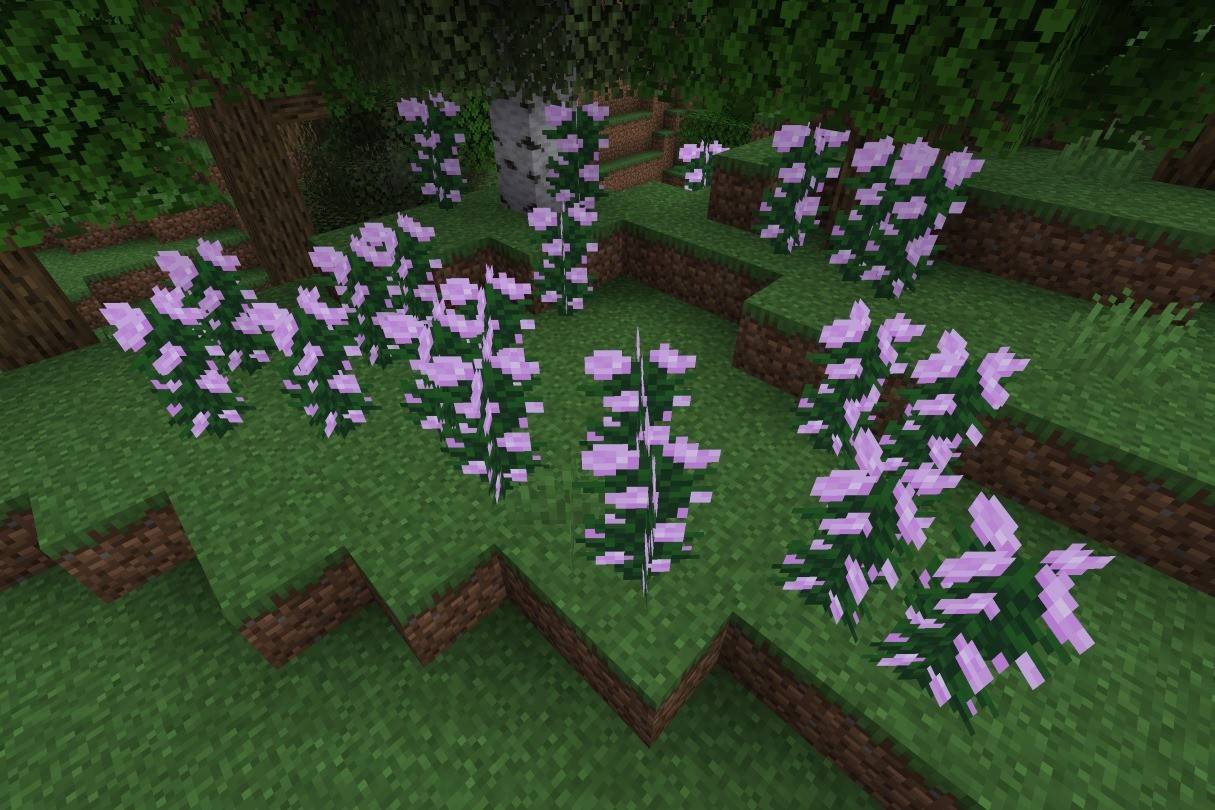 Image: ensigame.com
Image: ensigame.com
These tall, pink peony bushes thrive in woodland biomes. They produce pink dye (or can be crafted from red and white dye). Bone meal allows for easy propagation.
Lily of the Valley
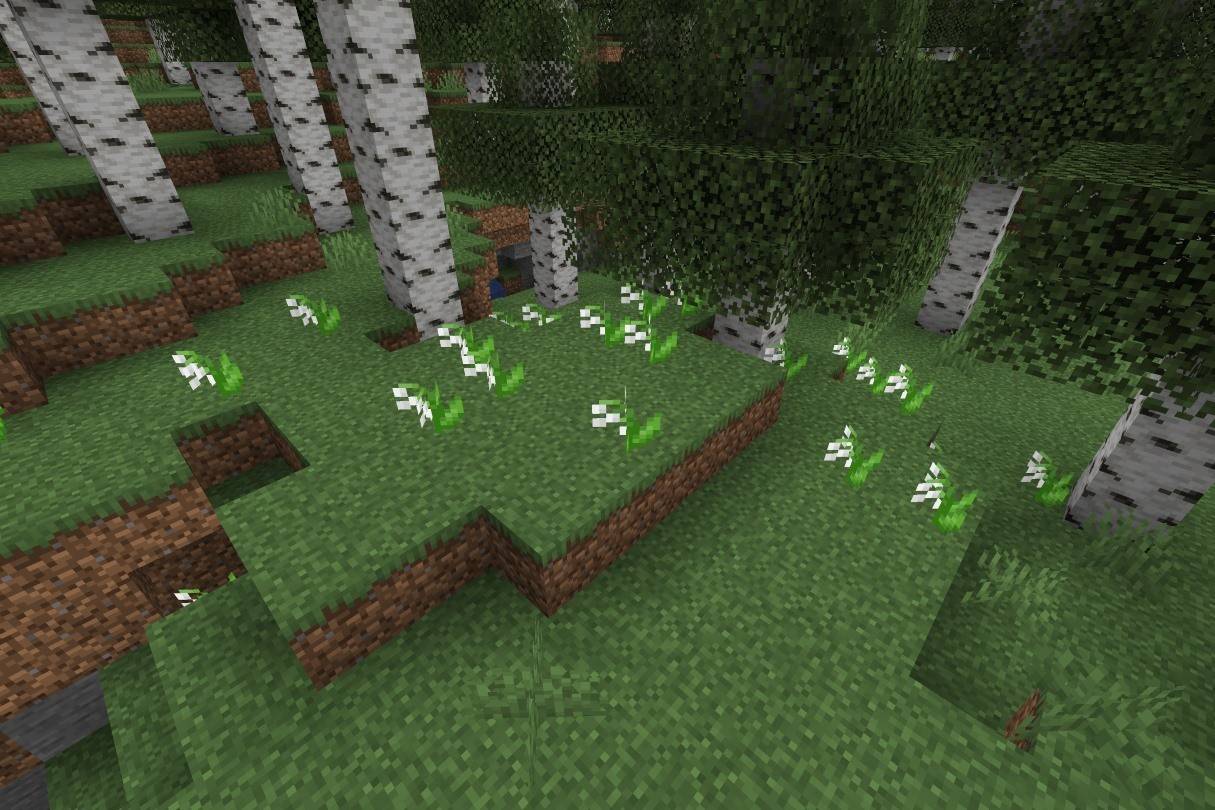 Image: ensigame.com
Image: ensigame.com
The delicate Lily of the Valley, found in forests and flower forests, yields white dye. White dye is a base for creating many other colors, making these flowers incredibly versatile.
Tulip
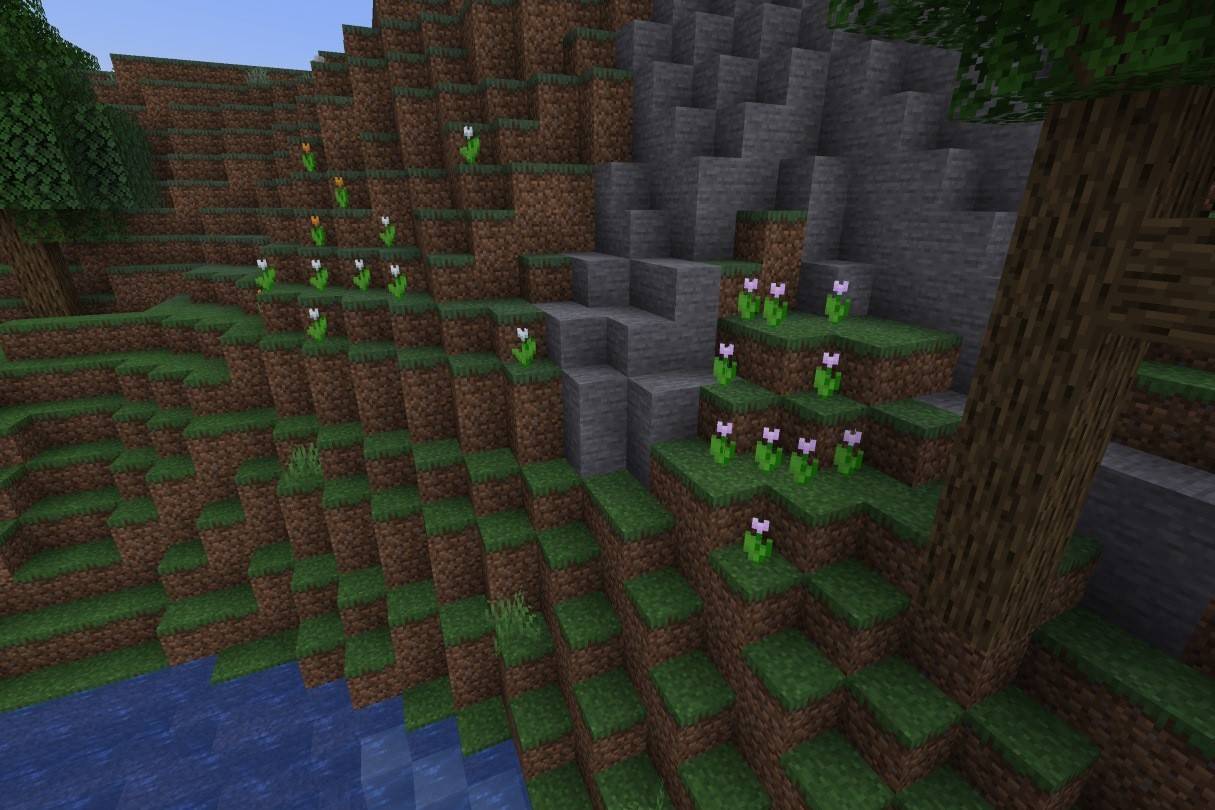 Image: ensigame.com
Image: ensigame.com
Tulips come in red, orange, white, and pink varieties, found in plains and flower forests. Their color determines the dye they produce, offering diverse crafting options.
Azure Bluet
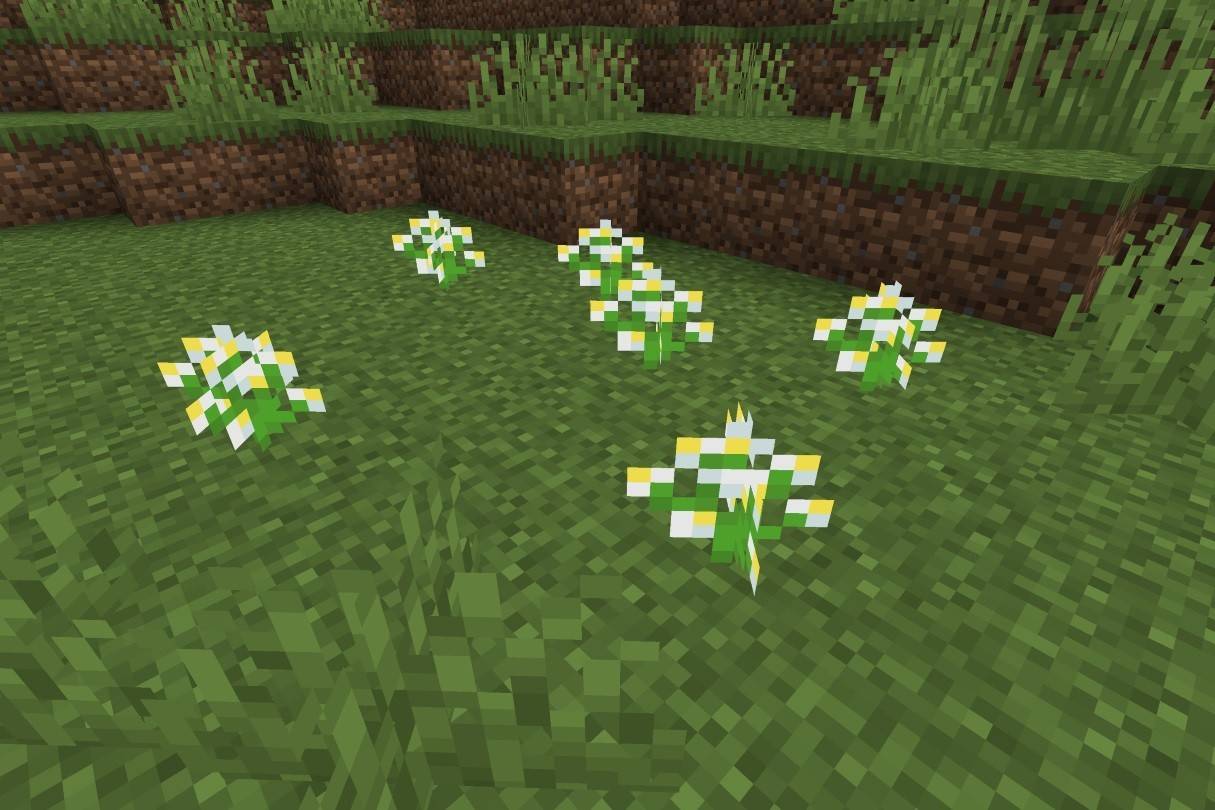 Image: ensigame.com
Image: ensigame.com
These small, white and yellow flowers, found in grasslands and flower forests, create light gray dye.
Blue Orchid
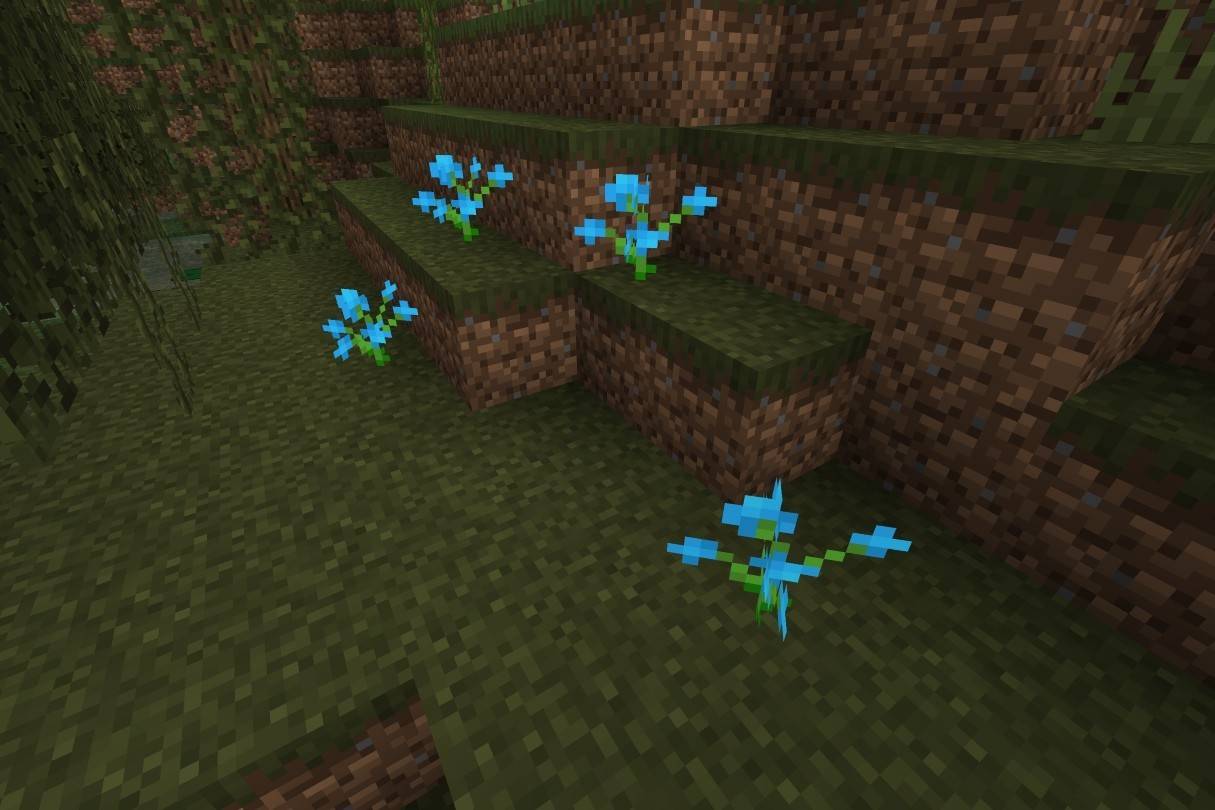 Image: ensigame.com
Image: ensigame.com
Rare and vibrant, blue orchids are found in swamps and taiga biomes, yielding light blue dye.
Cornflower
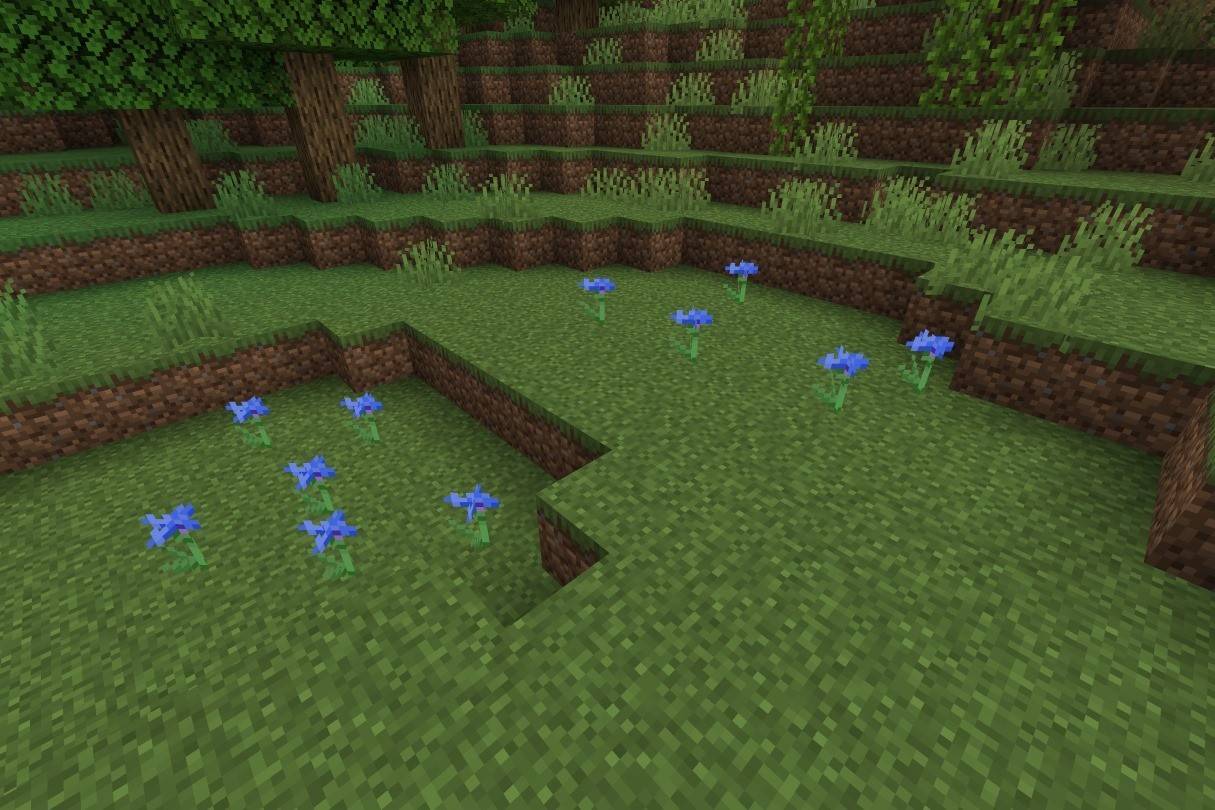 Image: ensigame.com
Image: ensigame.com
Cornflowers, with their distinctive spiky petals, create blue dye, useful for coloring wool, glass, and terracotta.
Torchflower
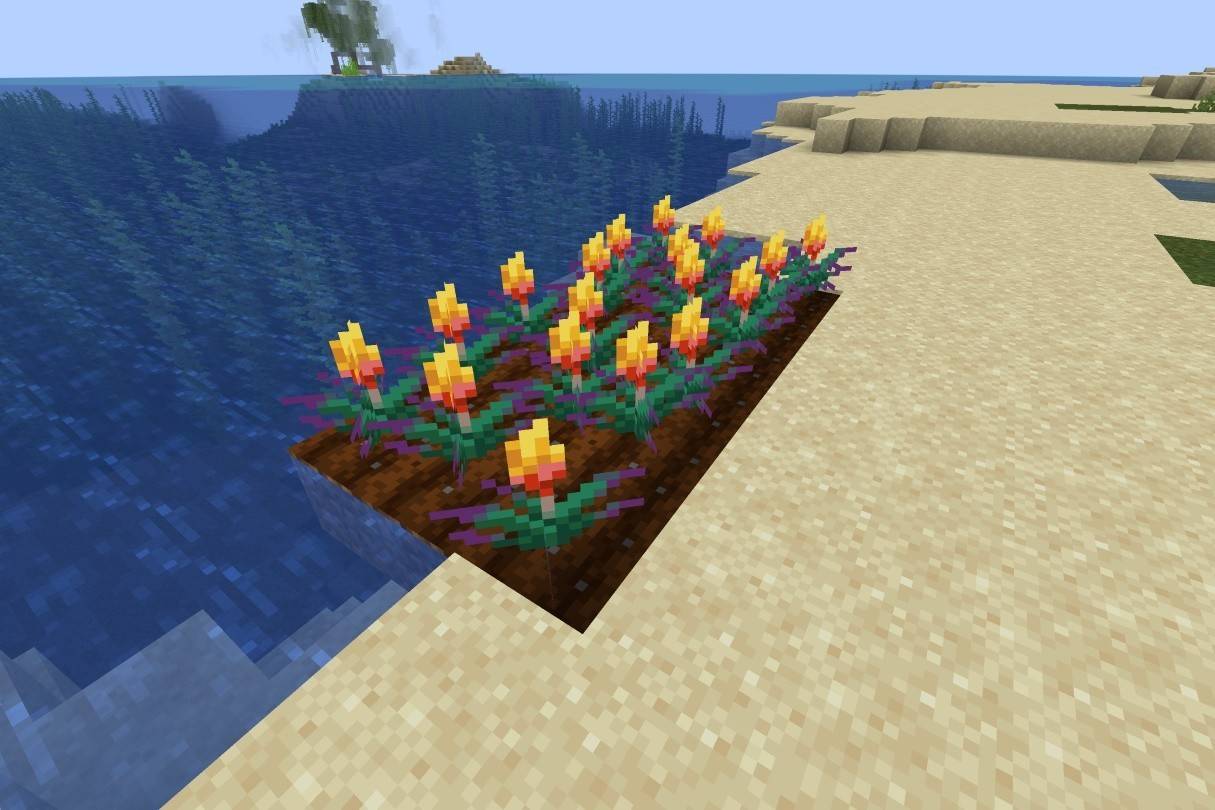 Image: ensigame.com
Image: ensigame.com
Torchflowers yield orange dye. Their behavior differs slightly between Java and Bedrock editions regarding natural generation and bone meal propagation.
Lilac
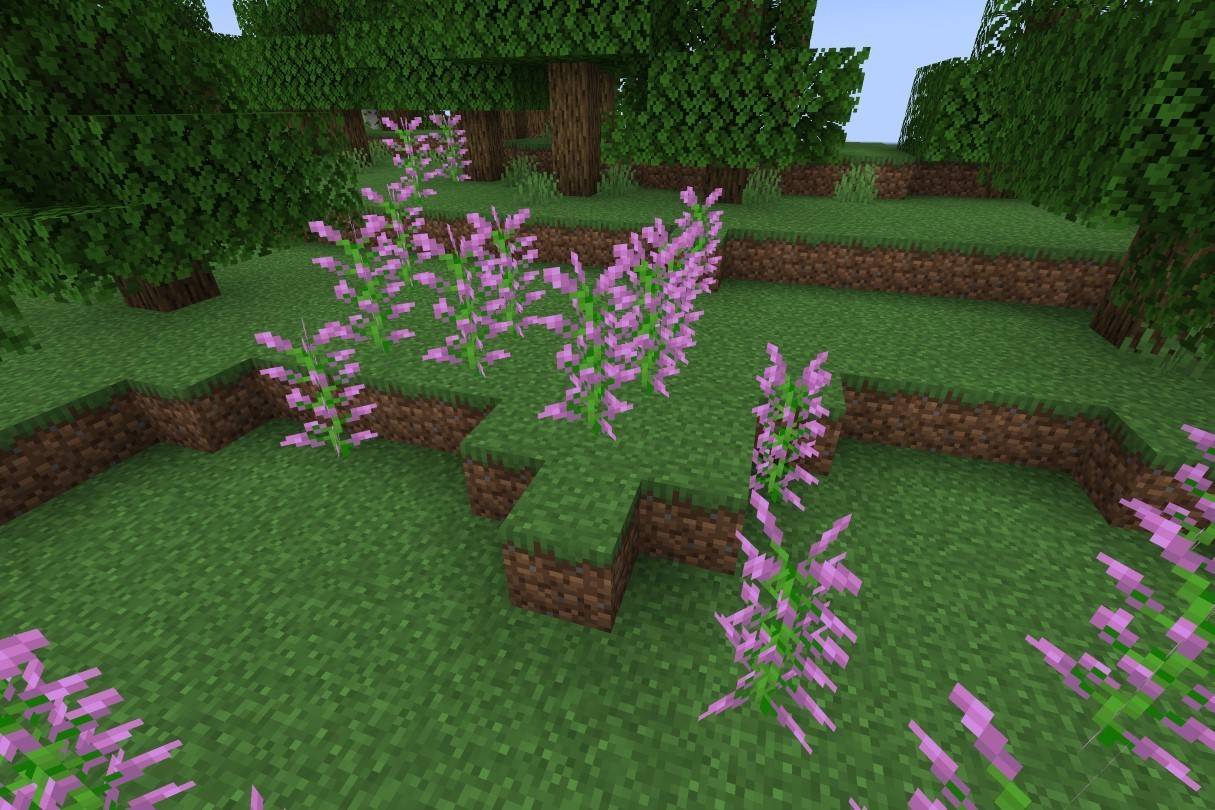 Image: ensigame.com
Image: ensigame.com
Tall, light-purple lilacs are found in various forest biomes, producing magenta dye.
Oxeye Daisy
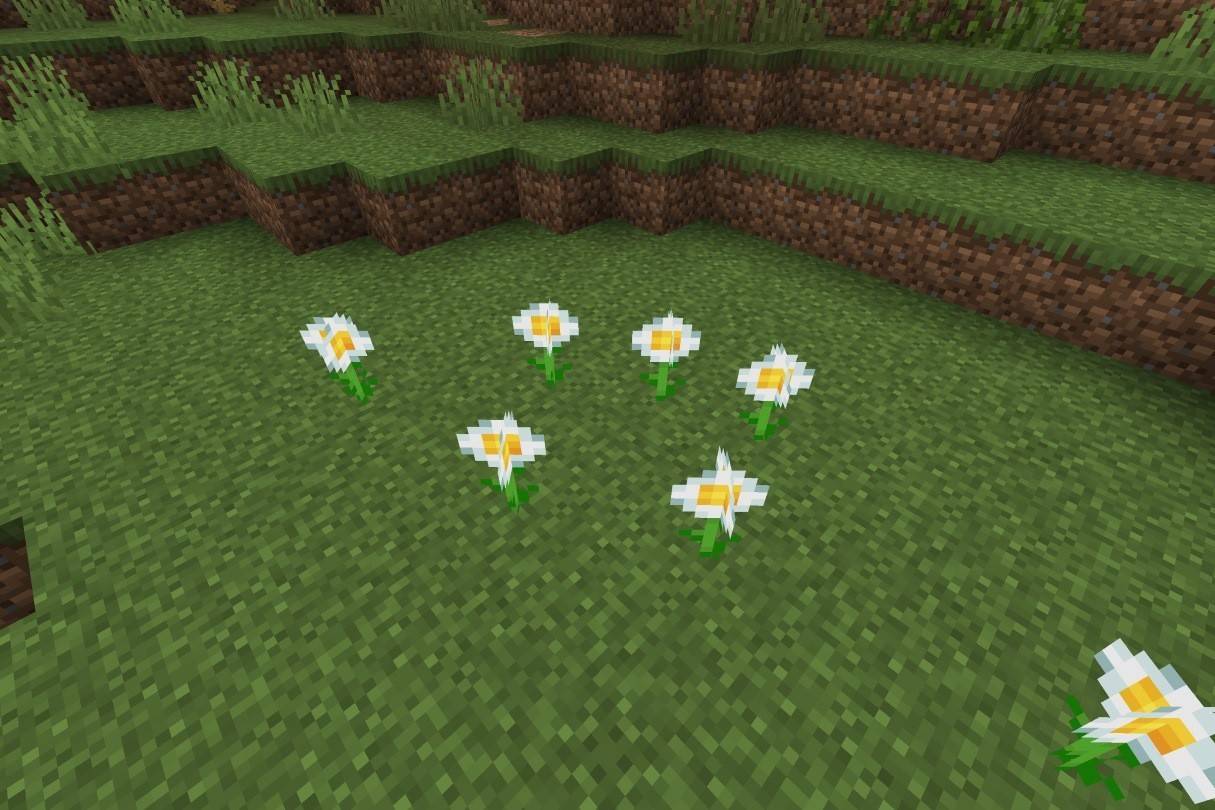 Image: ensigame.com
Image: ensigame.com
Oxeye daisies create light gray dye and are also aesthetically pleasing for decorative purposes.
Sunflower
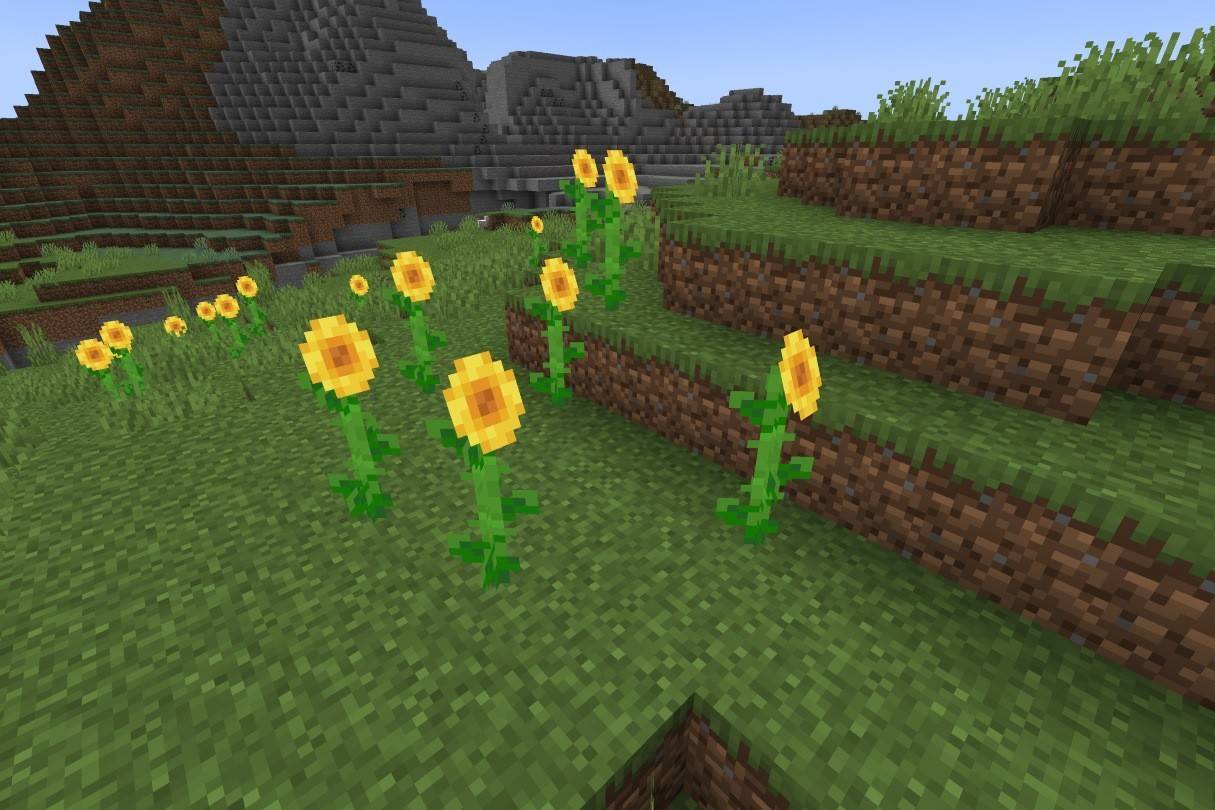 Image: ensigame.com
Image: ensigame.com
Sunflowers, found in sunflower plains, yield yellow dye and are known for their distinctive east-facing orientation.
These flowers offer a wide range of uses in Minecraft, from crafting dyes to enhancing your world's visual appeal. Explore their potential and unlock their hidden benefits!

